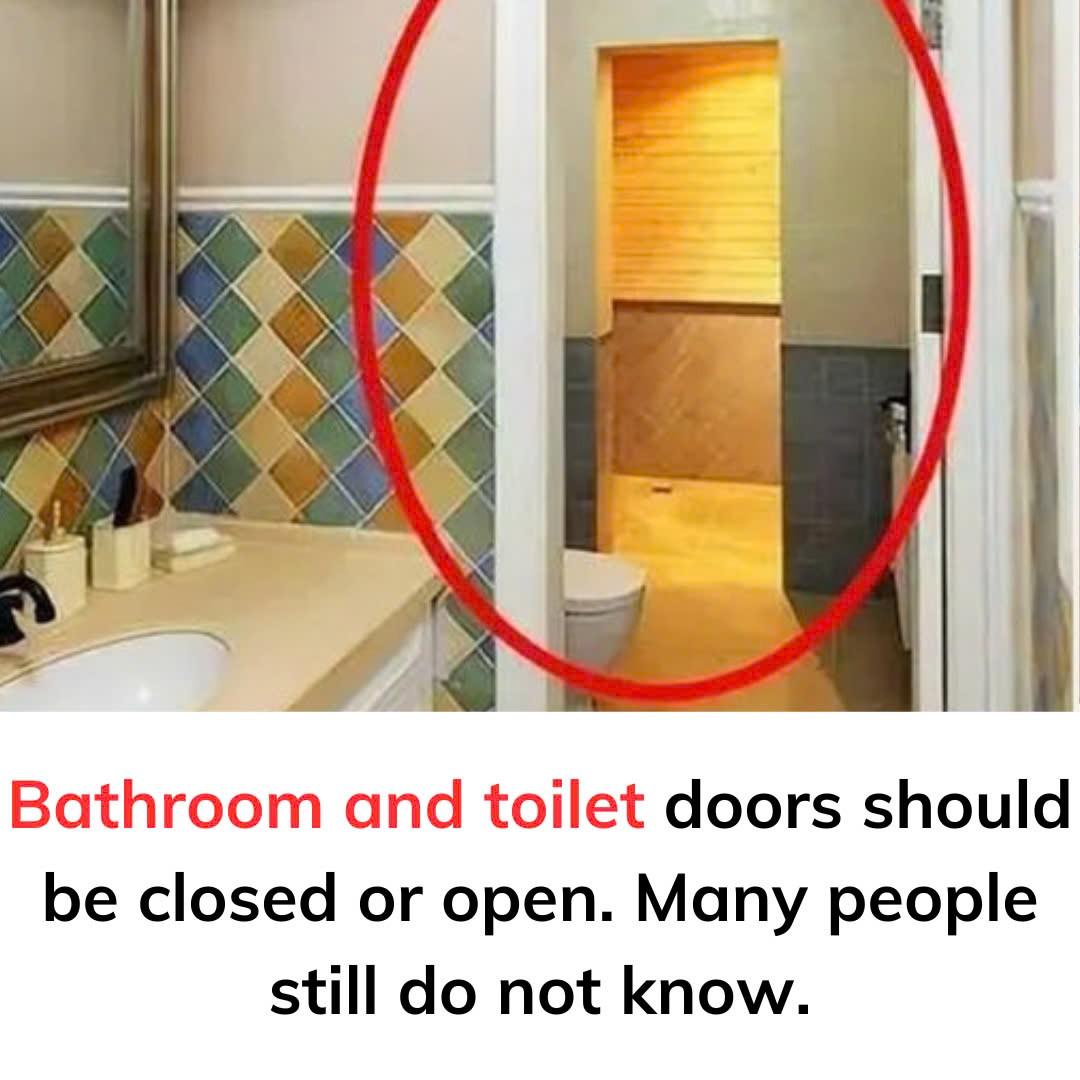
When it comes to bathroom door etiquette, there’s a common debate: should the door be left open or closed when the bathroom isn’t in use? This seemingly trivial decision can significantly impact your home’s hygiene, privacy, and overall atmosphere. Let’s delve into the reasons behind this choice and explore the best practices for maintaining a clean and comfortable living space.
Understanding the Debate
The question of whether to keep the bathroom door open or closed when not in use has sparked discussions among homeowners and interior designers alike. Some argue that leaving the door open promotes ventilation and prevents moisture buildup, while others believe it maintains privacy and contains odors.
The Case for Keeping the Door Closed
- Preventing Odor Spread
Bathrooms are prone to unpleasant odors due to their high humidity and frequent use. Leaving the door closed helps contain these smells, preventing them from permeating other areas of the home.
- Maintaining Privacy
A closed door ensures that the bathroom remains a private space, especially important when guests are present. It also prevents pets or children from entering without permission.
- Energy Efficiency
In homes with air conditioning, keeping the bathroom door closed helps maintain the desired temperature by preventing cool air from escaping into the bathroom.
The Case for Leaving the Door Open
- Enhancing Ventilation
Opening the door allows for better air circulation, which can help reduce humidity levels and prevent mold growth. This is particularly beneficial after showers or baths.
- Indicating Availability
An open door signals that the bathroom is unoccupied, making it easier for others to know when it’s available for use.
- Preventing Mold and Mildew
Proper ventilation, facilitated by an open door, helps dry out moisture on walls and floors, reducing the risk of mold and mildew buildup.
Best Practices for Bathroom Door Management
To balance the benefits of both approaches, consider the following practices:
- Use Exhaust Fans
Always turn on the exhaust fan during and after bathroom use to circulate fresh air and reduce humidity. Let the fan run for at least 15–20 minutes after a shower or bath to maximize its effectiveness.
- Open Windows When Possible
If your bathroom has a window, crack it open to allow fresh air to flow in. This natural ventilation helps eliminate lingering odors and moisture, keeping the bathroom environment more pleasant.
- Maintain Regular Cleaning
Regularly clean your bathroom to prevent the buildup of mold, mildew, and unpleasant odors. A clean bathroom is less likely to emit odors, reducing the need to keep the door closed.
- Consider thion
In private areas of the home, such as master bathrooms, leaving the door open might be acceptable. In public or shared spaces, keeping the door closed may be more appropriate to maintain privacy.
Conclusion
The decision to keep your bathroom door open or closed when not in use depends on various factors, including privacy, ventilation, and odor control. By understanding the implications of each choice and implementing best practices, you can maintain a clean, comfortable, and hygienic bathroom environment.





